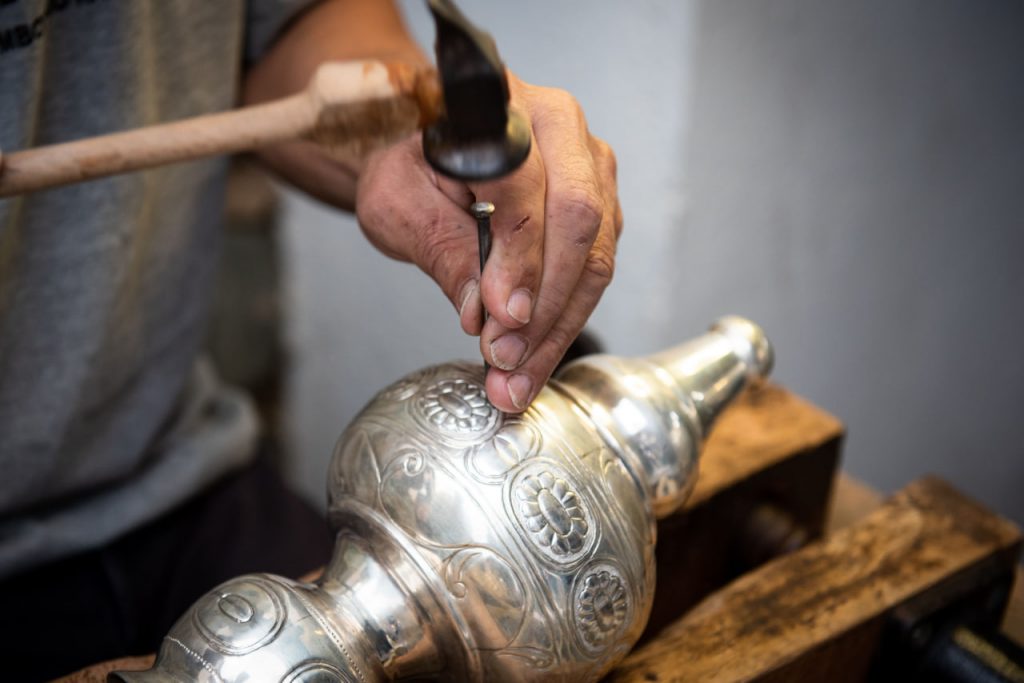Understanding the Difference That Makes All the Difference
In the world of antique restoration, one of the first and most crucial decisions a restorer faces is choosing between conservation and renovation. Though often used interchangeably, these two approaches have very different goals, methods, and ethical considerations. At Antique Restoration School, we teach students not only how to restore but how to think like responsible caretakers of history.
What Is Conservation?
Conservation focuses on preserving the original state and materials of an object as much as possible. The goal is to stabilize and protect the antique without altering its appearance or historical value.
Conservators typically:
- Clean surfaces using minimal, reversible methods
- Repair structural issues with period-authentic materials
- Avoid cosmetic changes that might distort the object’s age or story
- Document every intervention thoroughly
This method is especially important for items with cultural, historical, or artistic significance, such as museum pieces, heirlooms, and rare artifacts.
What Is Renovation?
Renovation, on the other hand, aims to restore function and aesthetic appeal — often resulting in a piece that looks “as good as new” or even better. It may involve:
- Replacing parts
- Repainting or refinishing surfaces
- Updating hardware or functionality
This approach is more common when the item is intended for regular use or display in a private home, and when preserving strict historical accuracy is less critical.
Which Approach Is Right?
There’s no one-size-fits-all answer. The decision depends on several factors:
- The object’s value: Historical, sentimental, or monetary
- The extent of damage: Some items can’t be conserved without some renovation
- The intended use: Museum exhibit or personal furniture?
- Client preference: A careful balance of ethics and practicality
Our Philosophy at Antique Restoration School
We believe that ethical restoration starts with respect for the object’s story. That’s why our curriculum includes:
- Training in historical research and material analysis
- Case studies of both conservation and renovation
- Practical workshops to develop both skillsets
- Discussions on restoration ethics and authenticity
We teach our students to ask the right questions before they ever pick up a tool. Because in restoration, knowing how to do something is only half the journey — knowing why is what makes you a master.
In Restoration, Intent Is Everything
A restored piece should not just look beautiful — it should carry its history with dignity. Whether your approach is gentle conservation or a respectful renovation, the ultimate goal is the same: to keep the past alive with integrity and care.

